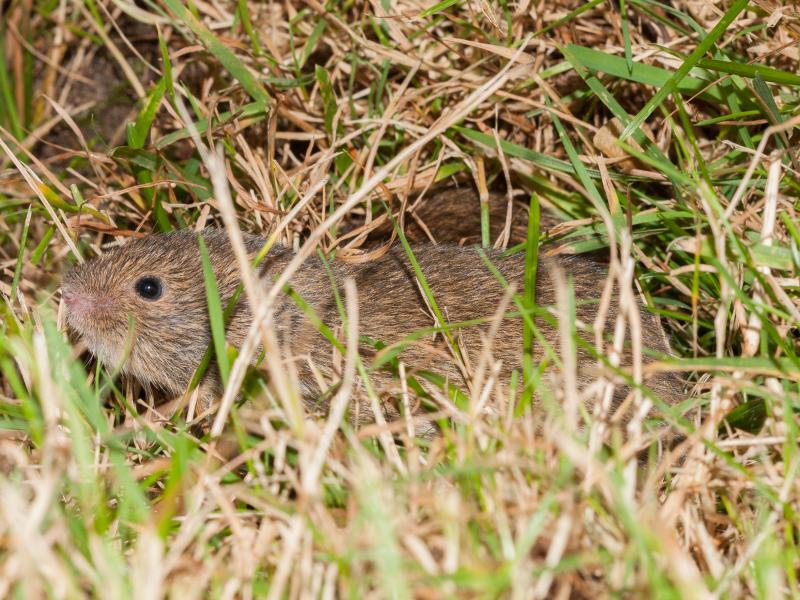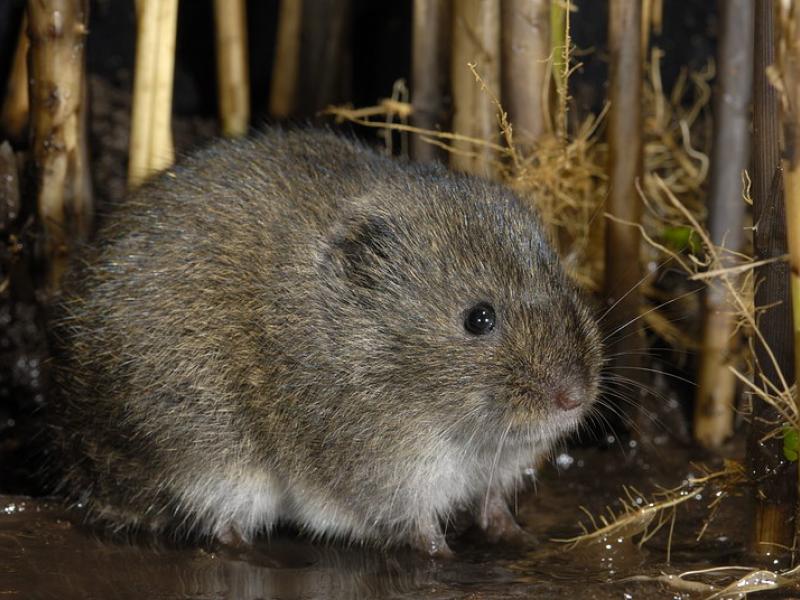Our fellow mammalians

Why do mammals fascinate us humans so much? Why do we seem to be more interested in these furry, hairy, mother milk-producing animals than in other organisms? First of all, I guess, because we ourselves belong to the class Mammalia. We feel connected and related.
The relation of humans to their mammalian relatives, though, is more than love and affection. From early mankind on, we have hunted other mammals. First of all, because they provided high-quality food, rich in proteins, minerals and vitamins. In addition, these animals provided our ancestors with skins and bones for clothing and tools. These hunters’ relation to their prey was, however, complex and based on respect and admiration. Hunted animals figured, or were worshipped, in sagas and myths, and were depicted on rocks, the oldest forms of human art.
Some mammals posed a threat to humans, who were probably considered as competitors by sabre-toothed cats, hyenas and cave lions. Other mammals were considered as pests, preying on food stocks, and were scared off, kept away or killed. In other words, in those days, humans were self-evidently part of the food chain, as predators, as competitors, possibly even as prey, although, so far, there is no proof of the latter.
Later, when early humans started to settle and grow crops, our ancestors also discovered the benefits of keeping mammals, for economic reasons, i.e. as food resources or as working animals. In the course of millennia, these, mainly hoofed, mammals were progressively domesticated. Over time, selective breeding altered these domesticated mammals into the present-day cows, sheep, goats and pigs that can be found all around us, and which are mostly very distinct from their wild ancestors.
Mammals were also kept for other purposes. Wolves became hunting dogs or served as guards to protect sheep and cattle, or humans. Cats were encouraged to guard the grain harvest from rice and rats. Dogs, cats and mammals such as rabbits and guinea pigs, became increasingly popular for their companionship. Nowadays, many homes have pet mammals, which are often treated by their owners as true friends or family members.
In terms of species diversity, domesticated mammals may not contribute much to the approximately 6400 presently known species of wild mammals (Connor et al. 2018). But when considering biomass, the figures tell a different story. Livestock, which mostly consists of cattle and pigs, completely dominates the mammalian world on earth today, with an estimated 60% of mammalian biomass! Less surprisingly, humans, with an estimated 36%, contribute more than one third (Bar-On et al. 2018).
For wild mammals, this leaves an astonishing low estimate of just about 4% of the total mammalian biomass on earth, including humans, and not even 2% if we only count terrestrial mammals (Bar-On et al. 2018). And if humans are excluded from these calculations, domesticated mammals still outnumber their wild relatives by 14 times.
These figures justify a large exclamation mark, and it is no wonder that there are increasing concerns about what will happen to the world’s biodiversity if ‘business as usual’ remains the norm...........




